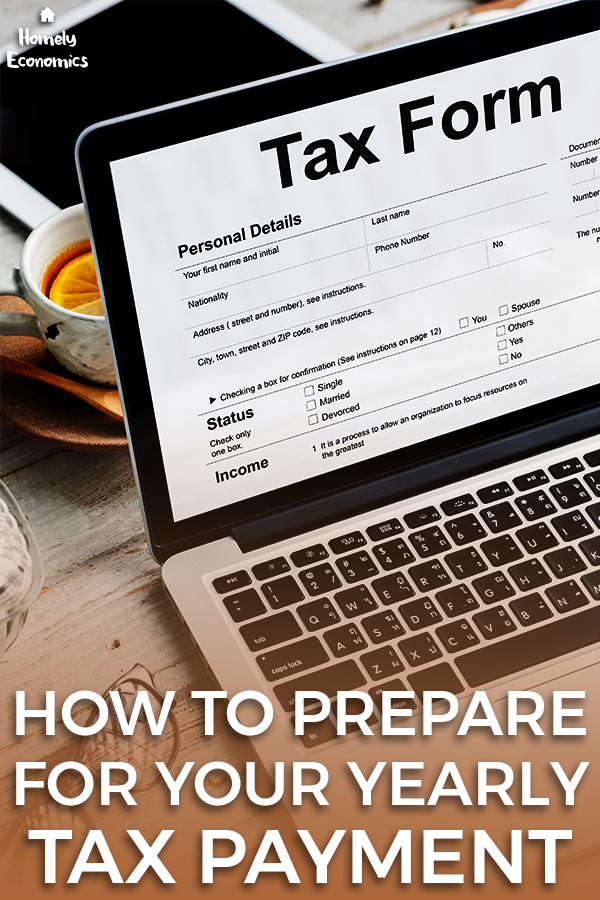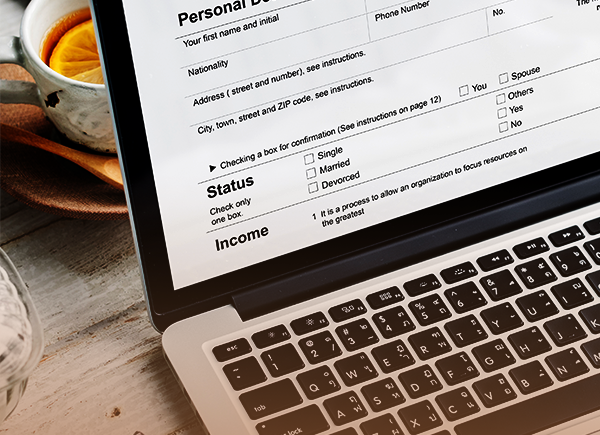This post relates to US personal finance.
How to prepare for your yearly tax payment
It can seem overwhelming to file your federal income tax return. But, you can actually tackle tax season just one step at a time, avoiding rookie mistakes while taking advantage of some money-saving opportunities.
Whether you’re going to get the services of paid professionals to complete and submit your tax returns or you prefer filing it yourself, it’s essential to organize your forms, receipts, and other needed documents well before tax time. You can make a tax preparation checklist to make sure that you won’t be missing anything out.
To help make your preparation for yearly tax payment easier and quicker, this post will discuss below the necessary steps you ought to take.
1: Choose a preparer
According to the IRS or the Internal Revenue Service, over 80 million taxpayers in the US use the services of tax preparers in completing and submitting their tax returns. Hiring one, you can start by asking your friends for referrals. Make sure, however, that the person you’ll choose has a PTIN or a Preparer Tax Identification Number, which shows that they are authorized to prepare and submit federal income tax returns.
Also, don’t forget to inquire about fees, which will most likely depend on how complicated your return is. You’d want to avoid using the services of a firm that intends to receive a percentage of your tax refund. You can visit the website of the IRS for some tips when it comes to choosing a preparer. The IRS also has a directory of tax preparers, which you can actually search according to their location and credentials.
Do you really need a tax preparer? While some people ditch the idea of hiring one because of the fees, it’s actually going to be an excellent move if you want to save yourself from all the hassles of completing your tax return. It’s also ideal to hire one if you’re still confused by your taxes and prone to committing mistakes. If you lack the time and patience required to go through the ins and outs of preparing your yearly tax payment, a preparer can really be of great help.
2: Keep track of your income
The filing of a tax return is required if you meet or surpass specific income levels during the year. Look at your pay stub and check your “year to date” income if you’re employed. If you have multiple jobs, be sure to get the total income you receive from all of your employers. Also, remember to include income from interest, investments, anything you sell, rental property, or any other sources.
3: Gather your documents
You should have received the various tax documents you need by the end of January, which include those coming from your employer, as well as from brokerage firms, banks, and others with whom you’re doing business. Be sure to check that the information in each form matches your own records.
Some of the most common forms you need include the following:
- Form W-2G for your gambling winnings
- Form 1098 to report any paid mortgage interest
- The various 1099 forms, reporting other income you received throughout the year, such as Form 1099-DIV for dividends, Form 1099-INT for interest, and Form 1099-MISC for non-employee compensation paid to you as an independent contractor. If you’re a broker, you would need Form 1099-B, but aren’t required to submit it until mid-February. The Form 1099-B reports losses and gains on securities transactions.
- Form W-2 if you’re employed
4: Learn which deductions and credits you can take
It is essential to determine which deductions and credits you could be eligible for if you want to come up with the proper documentation. Here are a few credits and deductions to consider:
- Freelance Expenses – If you’re self-employed, it may be possible to claim deductions for your work-related expenses, like office supplies and industry subscriptions.
- Charitable Deductions – If you’ve donated to your favorite charity or even alma mater, you can generally deduct those donations as long as you itemize your taxes.
- Student Loan Interest – Depending on the modified adjusted gross income, it’s possible to deduct an amount of up to $2,500 in student loan interest payments.
- Saver’s Credit – If you aren’t a full-time student and aren’t being claimed as a dependent by someone, contributing to a retirement plan may make you eligible for a tax credit. The amount to be credited depends on your adjusted gross income and your filing status. If you have a filing status of single and you have a gross income of $32,500 or less, you may be eligible for the 2020 tax year. If you’re married and will file jointly with your spouse, and you have an adjusted gross income of $65,000 or less, you may be eligible, too. However, please know that these numbers can change in future tax years.
Check the IRS website if you think that you may be able to qualify for additional deductions and credits.
5: List your personal information
Your SSN or Social Security number can be easy to remember, but what about the SSN of each of your claimed dependents? It’s best to jot them down, along with all the other information you or your preparer will likely need. For instance, if you have a rental property or a vacation home, note their addresses. Also, if you sold a property last year, note the amount you paid for the property, how much you received from its sale, and the dates when you bought and sold it.
The bottom line
Whether you hire someone to handle your taxes or you do it on your own, keeping records will definitely save you a significant amount of time and, in the case of hiring a paid tax preparer, money. Always remember that the earlier you start preparing for your yearly tax payment, the smoother it should go, and, of course, the sooner you can put the entire process behind you for another year.





